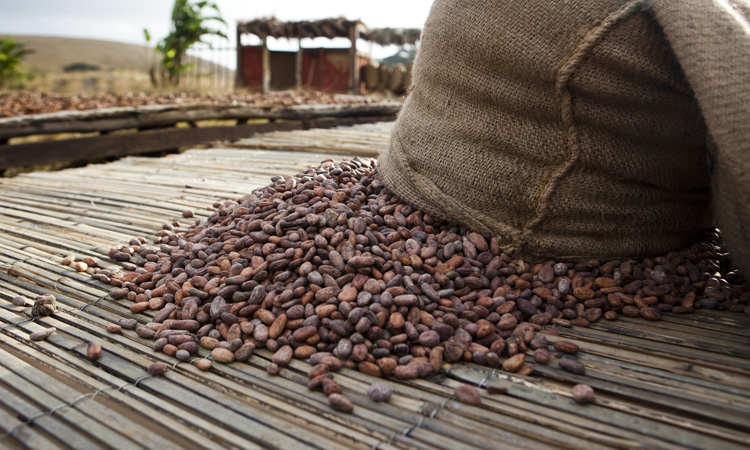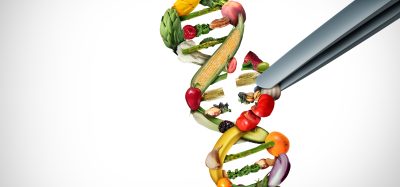Cargill leverages technology to improve cocoa transparency
- Like
- Digg
- Del
- Tumblr
- VKontakte
- Buffer
- Love This
- Odnoklassniki
- Meneame
- Blogger
- Amazon
- Yahoo Mail
- Gmail
- AOL
- Newsvine
- HackerNews
- Evernote
- MySpace
- Mail.ru
- Viadeo
- Line
- Comments
- Yummly
- SMS
- Viber
- Telegram
- Subscribe
- Skype
- Facebook Messenger
- Kakao
- LiveJournal
- Yammer
- Edgar
- Fintel
- Mix
- Instapaper
- Copy Link
Posted: 21 May 2020 | Sam Mehmet (New Food) | No comments yet
Through the Cargill Cocoa Promise, the company uses technologies, such as mobile money, GPS mapping and digital data collection to allow for greater transparency on how cocoa is grown and sourced from farmers.


Cargill, the global conglomerate, has announced that it is committed to offering a transparent and sustainable supply of cocoa, which includes improving the lives of farmers and their communities in the five origin countries from where it directly sources cocoa – Brazil, Cameroon, Côte d’Ivoire, Ghana and Indonesia.
The highlights of the company’s latest efforts have been collated in the Cargill Cocoa & Chocolate 2018-2019 Sustainability Progress Report.
”This sustainability progress report highlights how Cargill uses technology to connect every dot in the cocoa supply chain. Maximum transparency in the cocoa sector is critical for making real progress on sustainability. It not only helps cocoa farmers, their families and communities prosper, but also helps protect our planet. I am confident that working with our partners we can continue to make great strides in achieving a thriving cocoa sector,” said Harold Poelma, President of Cargill Cocoa & Chocolate.
Key milestones outlined in the report from 2018-2019 include:
- With the use of barcoded cocoa bags and digital Cooperative Management Systems (CMS), 50 percent of sustainable cocoa beans in the global direct supply chain are now traceable from farm-to-factory. In 2018-2019, 151,190 metric tonnes of cocoa beans were tracked. The CMS enables farmers organisations to manage loans, collect beans and check fixed versus variable costs. Also, starting in 2018-2019, all farmer organisations in the direct sourcing network in Ghana and Côte d’Ivoire are now visible through an interactive Cargill Cocoa Promise Sourcing Partner Network map
- Implementation of child labour monitoring and remediation systems(CLMRS) to address child labour has significantly increased. In addition to Côte d’Ivoire, Cargill also deploys CLMRS now in Ghana and Cameroon, reaching a total of 58,800 farmers in 2018-2019. This extends the reach from seven percent to 29 percent of the total number of farms in the direct supply chain. In 2018-2019, Cargill also conducted a needs assessment for programs to address child labour in cocoa growing communities in Indonesia; a localised approach to CLRMS will follow in 2020
- GPS polygon mapping of 72 percent of all farmers in the direct supply chain, representing over 400,000 hectares of farmland, was completed. Cargill is “well on its way” to identify where the cocoa comes from, which areas may be at risk of deforestation and how to mitigate this risk through specific interventions.
Digital tools are said to be providing cooperatives and cocoa farmers with information, such as digital farm development plans and market insights, to help improve their farming practices. In addition, the digital tools serve as a means to communicate with farmers during a crisis, such as the coronavirus pandemic.
The firm has also reportedly developed an extensive data platform that has more than 300 data points along the supply chain. It uses this data to inform customers through an interactive customer portal about how collaborative sustainability programmes are benefiting farmers and their communities.
Related topics
Environment, Supply chain, Sustainability, Technology & Innovation, Traceability









